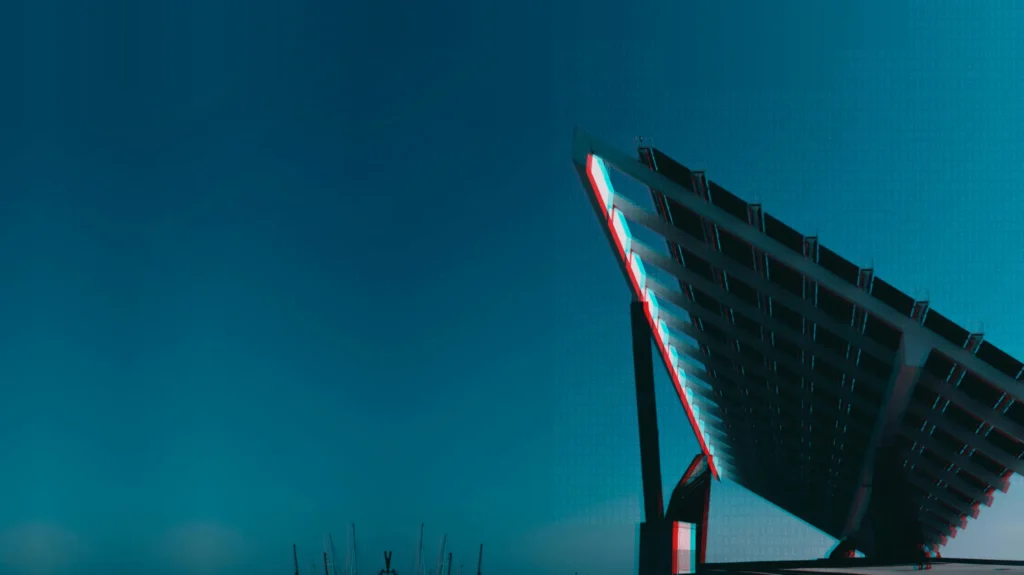
The infrastructure race: Building a workforce for what’s coming
The infrastructure race: Building a workforce for what’s coming

New Zealand is at the start of one of its biggest delivery decades and the next two years will determine how well we adapt. Billions are being invested across energy, utilities, and transport, but the workforce to deliver it all is stretched thin. Project backlogs are growing, skills are overlapping across industries, and the people who built the last generation of infrastructure are starting to retire.
Not just another investment cycle, this is potentially a once-in-a-generation test of delivery capability.
A nation under construction
Across New Zealand, major infrastructure and energy projects are ramping up. From the City Rail Link to the Central Interceptor, from solar and wind developments to regional water upgrades, the country’s delivery pipeline is swelling, and so are expectations.
The scale of the challenge is clear: all of our current systems, networks, and capability were built for a different era. Transmission and distribution networks weren’t designed for today’s pace of renewable energy generation. Billions are being committed to new assets, but integrating them into existing grids remains slow, complex, and underfunded.
The result? A delivery window packed with both opportunity and risk. Organisations must not only deliver projects faster but do so while modernising the very systems they depend on.
Workforce renewal is now a critical risk and opportunity
A significant portion of New Zealand’s infrastructure and energy workforce is nearing retirement age, taking decades of institutional knowledge with them. And isn’t just a numbers game. Workforce renewal is about capturing experience, rebuilding capability, and making these industries attractive to the next generation of specialists.
At the same time, there’s a record number of almost 72,000 Kiwis moving overseas — 58% of them to Australia — adding pressure to already scarce talent pools. Competing for skilled project managers, engineers, and digital specialists has become a national challenge.
The good news? This challenge also creates space for innovation in how we train, partner, and attract talent. Workforce renewal can be a powerful driver of transformation if leaders act early and strategically.
The skills race isn’t industry-specific anymore
When every major project needs engineers, data specialists, project managers, and digital delivery talent, competition for skills stops being an industry problem. It becomes an economy-wide one.
Energy companies are competing with telcos for automation talent. Utilities are hiring the same project delivery specialists as major transport programmes. Data centres are drawing from the same electrical and civil engineering pools as renewable developers.
The line between technical industries has blurred and companies that understand this overlap are the ones building smarter, faster, and more sustainably.
At Talent, we see this shift every day. The most successful organisations are those treating workforce strategy as a competitive advantage by planning early, building flexibility into delivery teams, and investing in partnerships that blend capability and capacity.
Rebuilding capability for the next 30 years
Adapting to what’s next will be the hardest and most rewarding thing New Zealand’s infrastructure and utilities sectors do.
Delivering tomorrow’s projects will take more than hiring replacements. It means rebuilding technical capability, embedding digital fluency, and creating career pathways that attract diverse, emerging talent — from women in engineering and technology, to meaningful Māori and Pasifika representation across technical and leadership roles.
That’s how you build resilience, not just for the next two years, but for the next two decades.
The opportunity ahead
The next two years will define how well New Zealand delivers — not just its projects, but its future workforce. The infrastructure race is on, and every leader faces the same challenge: how to scale and deliver fast without compromising quality, safety, or capability.
The organisations that’ll win are the ones that act now, by treating workforce planning as strategy, not an afterthought.
Get the full picture. Download our latest Infrastructure & Utilities Snapshot for insights on workforce trends, investment priorities, and the roles critical for project